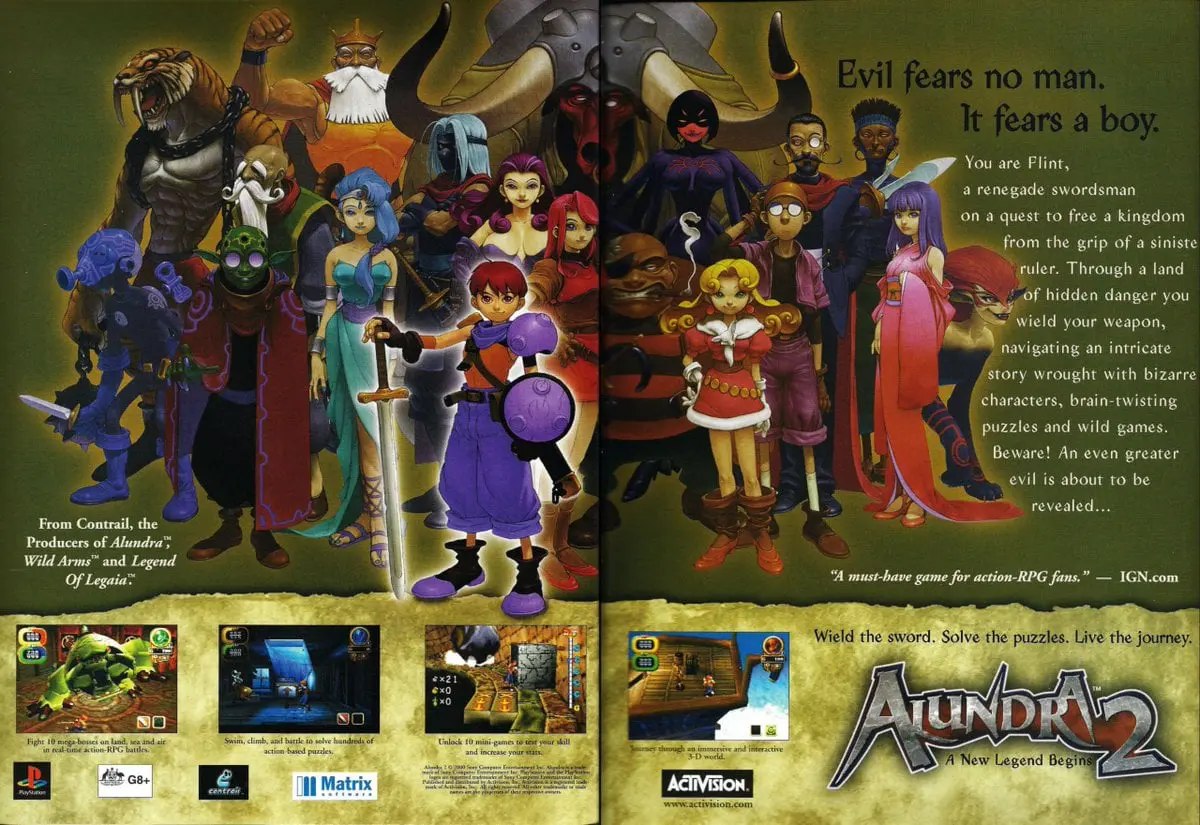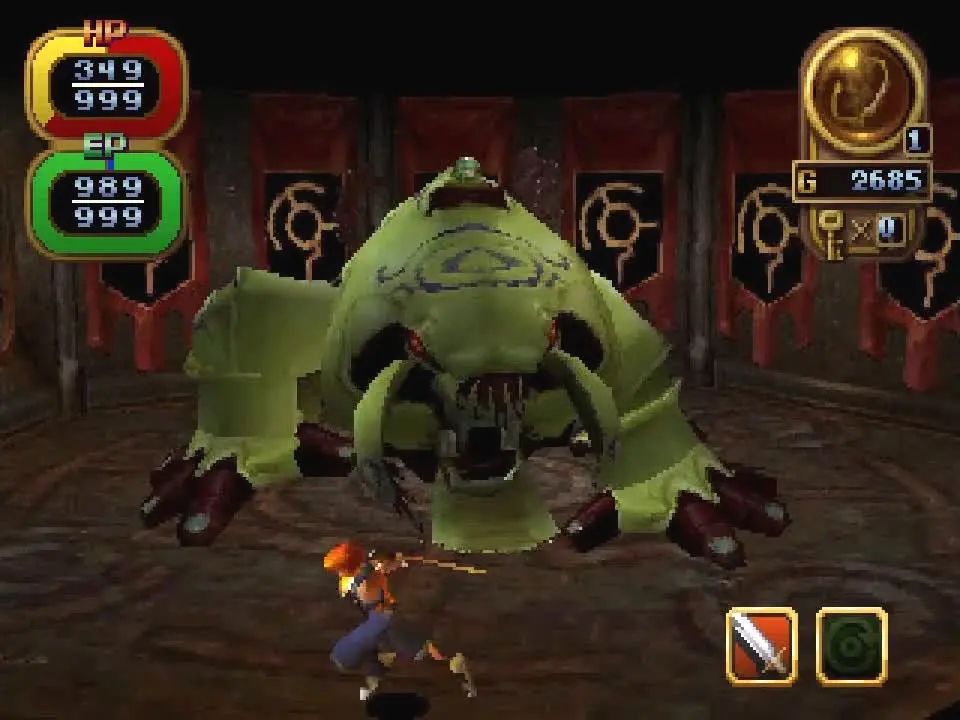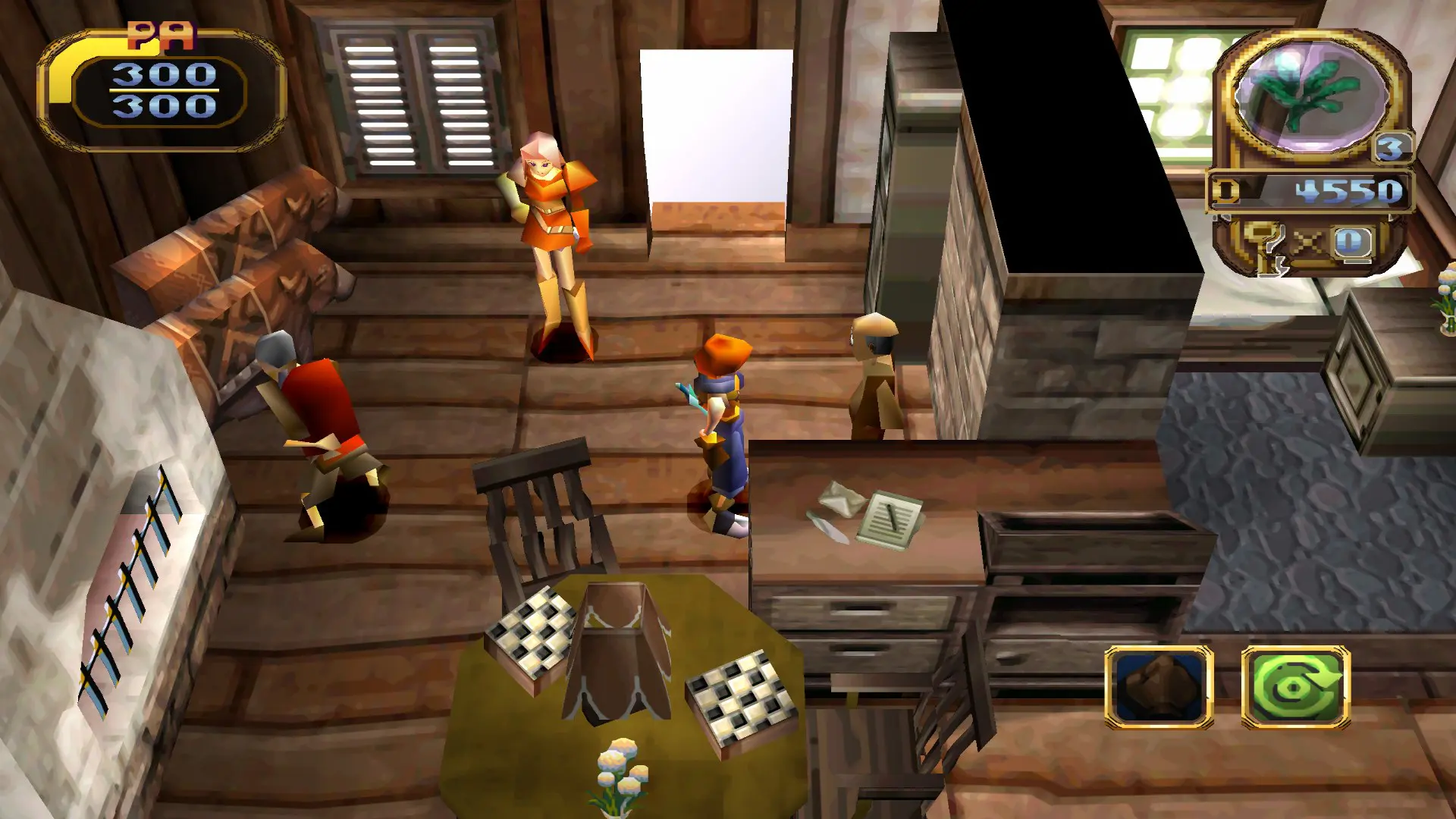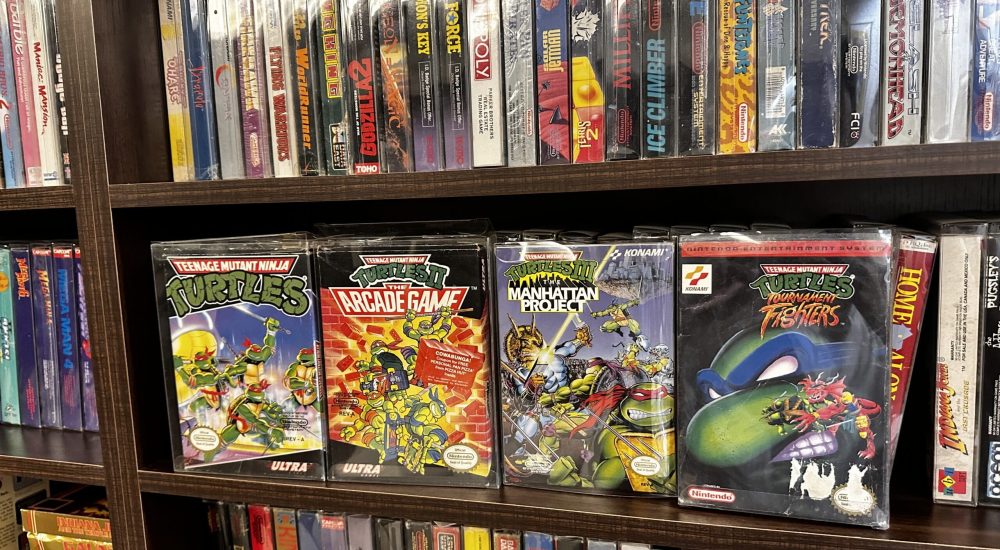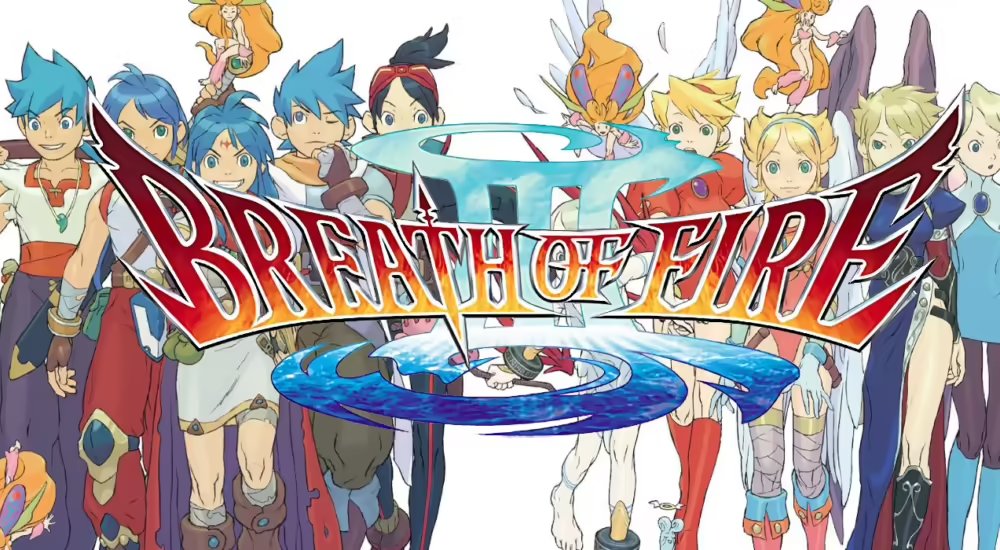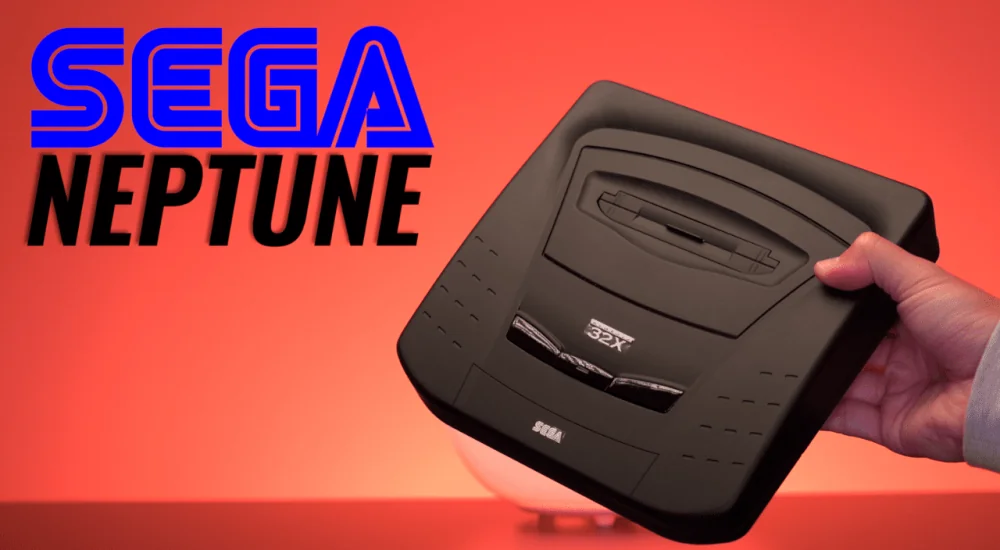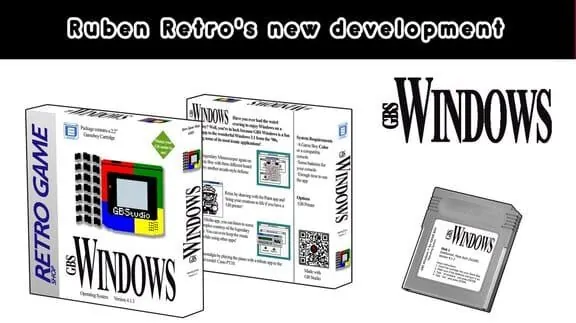Alundra 2 is the sequel to Working Designs‘ action RPG for the PlayStation, now published by RPG publisher Activision. Despite initial concerns about the game’s translation, it turns out to be a strong point. However, Alundra 2 is considered one of the weakest action RPGs on the PlayStation due to various shortcomings. The story follows Flint, a pirate hunter in the kingdom of Varuna, who must overthrow the evil rule of Baron Diaz and court sorcerer Mephisto. The storyline is criticized for being lackluster and using cliches found in RPGs, such as the goal of saving Varuna‘s princess, Alexia. Overall, Alundra 2 fails to generate excitement and interest throughout its length.
Character development in Alundra 2 is minimal, with characters exhibiting some personality traits. For example, Ruby, the daughter of a key pirate character, behaves like a typical teenage girl, while Albert, the pirate’s son, fits the stereotypical computer geek persona. Despite this, Activision‘s localization efforts in the game’s translation are commendable, with minimal spelling and grammatical errors. The dialogue flows smoothly and contains a decent amount of personality, although not as much as in their previous RPG localization debut, Guardian’s Crusade. The plot of Alundra 2 differs from its predecessor in that it incorporates moments of humor, giving the game a more light-hearted feel. The gameplay mechanics rely on traditional overhead action RPG elements, with the protagonist, Flint, navigating the environment, engaging in combat, and interacting with townspeople. Magic is used for combat and puzzle-solving, while new attack moves are acquired as the game progresses. Additionally, players can discover items by exploring and overcoming obstacles throughout the game world.
Alundra 2 deviates from the traditional experience point system found in many action RPGs, opting instead to increase Flint‘s hit points and magic points after defeating bosses or through the purchase of certain items. His attack strength and defense power, on the other hand, are bolstered by obtaining stronger equipment. Despite the game’s well-executed gameplay mechanics, it is hampered by a cumbersome layout, particularly with an overabundance of challenging puzzles that impede the flow of gameplay. These puzzles often require quick timing, precise jumps, and a significant amount of backtracking, adding frustration to the overall experience. Control issues also plague Alundra 2, with sluggish movement, unresponsive jump controls, and frequent obstructions hindering the player’s progress and making precision-based puzzles even more aggravating to solve.
Alundra 2 falls short in terms of visuals, with blocky and lackluster polygonal graphics for characters, enemies, and backgrounds. The cut scenes, generated by the in-game engine, are particularly disappointing with subpar graphics and clumsy animations. The sound department is also a weak point, with feeble sound effects and an irritating soundtrack, although the voice acting stands out as a positive aspect. Overall, Alundra 2 is considered a subpar action RPG, lacking in comparison to its predecessor and other games in the genre. Fans of the original Alundra may be particularly disappointed by the changes in storyline and presentation.


